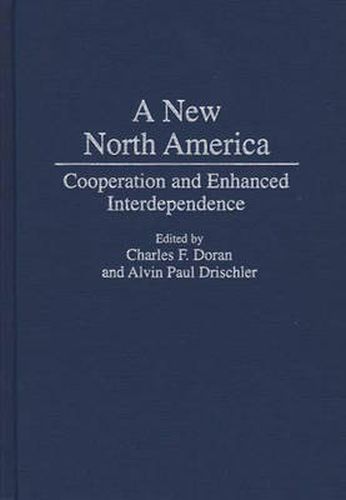Readings Newsletter
Become a Readings Member to make your shopping experience even easier.
Sign in or sign up for free!
You’re not far away from qualifying for FREE standard shipping within Australia
You’ve qualified for FREE standard shipping within Australia
The cart is loading…






This edited collection brings together a group of leading scholars to examine what North America might look like after NAFTA, the North American Free Trade Agreement. Although the economic numbers for the three nations involved-Canada, Mexico, and the United States-are impressive, they do not tell the whole story. The real underlying question, according to these experts, is where is the North American region going? How strongly do Mexico, Canada, and the U.S. identify with the region? What strategies exist to propel North America into the 21st century? The authors divide their analysis into 2 parts: the first considers the perspective of each of the 3 countries towards the region and towards the problems they face in adapting to structural change; in the second, the analysis moves from present circumstances and expectations to strategy and options for strengthening the regional alliance.
$9.00 standard shipping within Australia
FREE standard shipping within Australia for orders over $100.00
Express & International shipping calculated at checkout
This edited collection brings together a group of leading scholars to examine what North America might look like after NAFTA, the North American Free Trade Agreement. Although the economic numbers for the three nations involved-Canada, Mexico, and the United States-are impressive, they do not tell the whole story. The real underlying question, according to these experts, is where is the North American region going? How strongly do Mexico, Canada, and the U.S. identify with the region? What strategies exist to propel North America into the 21st century? The authors divide their analysis into 2 parts: the first considers the perspective of each of the 3 countries towards the region and towards the problems they face in adapting to structural change; in the second, the analysis moves from present circumstances and expectations to strategy and options for strengthening the regional alliance.